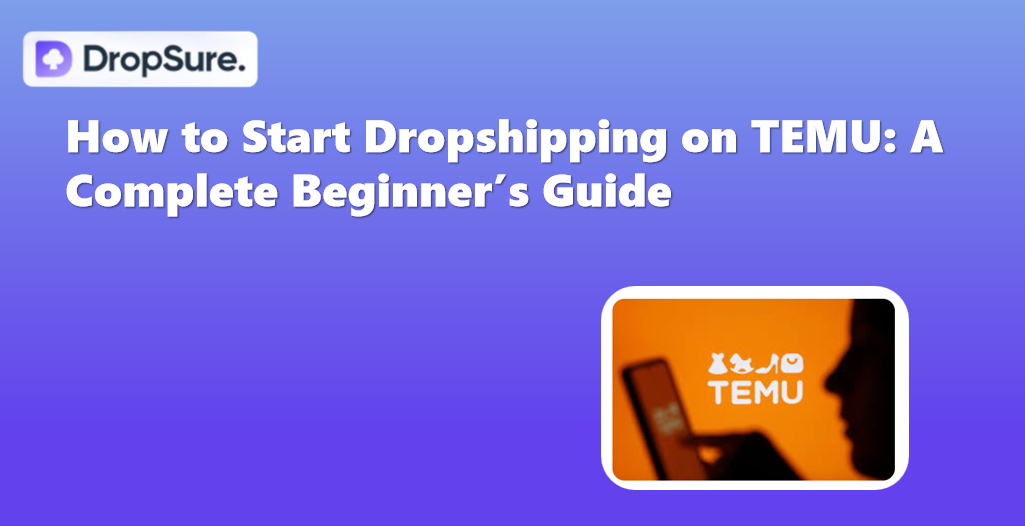To help you navigate these changes, this blog will introduce some practical advertising techniques that can promote your product to a wider audience and earn greater consumer recognition. Whether you’re a newcomer trying advertising for the first time or an experienced professional seeking new breakthroughs, we believe you’ll find valuable insights in the content here.
Understand Your Target Audience
Understanding your target audience is not just about knowing their basic information—it’s about delving into their lifestyles, interests, consumption habits, and psychological needs. In the following sections, we will explore detailed, step-by-step methods to achieve this goal, ensuring that your advertising strategy is precisely tailored to meet their needs.
Collecting Basic Information
First, you can start with some basic data. You need to know your audience’s age, gender, occupation, education level, and income. This information can usually be gathered through surveys, social media data analysis, or third-party market reports. At the same time, understanding the geographic distribution of your audience is crucial, as it can help you develop more targeted regional advertising strategies.
Analyzing Interests and Lifestyles
Once you have the basic information, you need to delve deeper into your audience’s interests and lifestyles. Consider what activities they enjoy—whether they are into travel, food, sports, or tech products. You can observe these interests through social media, forums, and offline events. Additionally, understanding their lifestyle and consumption habits can reveal the times of day they are most active online, which helps you choose the most appropriate timing and format for your ad placements.
Understanding Pain Points and Needs
Grasping your audience’s true pain points and needs is key to crafting effective advertising copy. Try to see things from their perspective: what are their biggest challenges in life, and what issues do they most want to resolve? Through interviews, online surveys, or direct customer feedback, you can learn which features—such as price, functionality, or after-sales service—they value when choosing a product. This allows you to use language that resonates deeply with them, directly addressing their pain points and winning their trust.
Leveraging Data and Tools
In this information age, various tools can help you collect and analyze audience data more efficiently. You can use social media analysis tools to understand your followers’ distribution and interests, and tools like Google Analytics to check the sources of website visitors, their browsing behavior, and conversion paths. With these tools, you can clearly see which user groups are most interested in your product, enabling you to adjust your advertising strategy accordingly. Additionally, utilizing survey platforms to gather genuine user opinions and needs is also a very effective method.
| Tool Name | Core Features | Key Advantages |
|---|---|---|
| Hootsuite | Multi-platform content publishing, audience engagement analytics | Supports cross-platform integration (FB/Ins/Twitter), ideal for batch operations. |
| Sprout Social | Audience profiling, competitor benchmarking, sentiment monitoring | Provides visualized reports and deep dives with customizable metrics. |
| Google Analytics | User source tracking, behavior path analysis | Free and open-source, supports cross-device and cross-channel data integration. |
| Adobe Analytics | Real-time data monitoring, advanced segmentation | Tailored for complex business models, AI-powered predictive analytics. |
| SurveyMonkey | Survey design, automated statistical analysis | Rich templates, supports logic branching and multi-language adaptation. |
| Hotjar | Heatmap recording, session replay | Visually highlights UX pain points; free version offers essential features. |
| SEMrush | Keyword ranking, ad strategy scraping | Covers 200+ countries, enables industry benchmarking analysis. |
| Mixpanel | Event tracking, user segmentation | Focuses on behavior-driven analysis, optimized for mobile apps. |
| Tableau | Multi-source data integration, dynamic dashboards | Highly interactive, supports advanced data modeling. |
| Typeform | Dynamic surveys, personalized feedback collection | User-friendly interface, boosts completion rates by 40%+ vs traditional forms. |
Key Supplementary Notes
1. Free tool recommendation: if the budget is limited, you can give priority to Google Analytics (web analytics) + Hotjar (behavioral visualization) + Google Forms (research), covering the basic needs.
2. Enterprise-level needs: Adobe Analytics is suitable for scenarios that need to predict user lifecycle value (LTV) or analyze multi-channel attribution.
a. Tableau can be directly connected to the enterprise database to generate real-time decision-making Kanban.
3. Creative optimization combination: SEMrush (competing keywords) + Hootsuite (cross-platform publishing) to quickly improve the accuracy of content placement.
Mixpanel (behavioral events) + Typeform (in-depth feedback) to help product iteration and user retention double optimization.
Build Detailed User Personas
After integrating the collected data, you can start creating detailed user personas. This step is not just about listing some numbers; it’s about using the data to illustrate a typical user’s lifestyle and consumption habits.
For example, you might describe a typical user as a 35-year-old, married individual with children, living in a first-tier city. This person values quality and brand reputation but also cares about cost-effectiveness, often shopping online and browsing fashion news. Such a concrete user persona helps you better understand your target audience and sparks inspiration for creative advertising.
Continuous Interaction and Feedback
Lastly, remember that understanding your target audience is an ongoing process. You can continuously gather fresh feedback through interactions such as online reviews, social media comments, or offline events. By regularly communicating with your customers, you can promptly learn about their new needs and opinions, and continuously adjust and update your user personas. Only by doing so can your advertising strategy always stay in sync with your target audience’s needs, thereby achieving better marketing results.
Choosing the Right Advertising Platform
Choosing the right advertising platform is a crucial element of successful advertising. You need to consider various aspects to ensure that the platform you choose not only precisely reaches your target audience but also aligns with your product characteristics and brand image.
First, you need to understand the audience characteristics and usage scenarios of each advertising platform. For example, if your product falls under the fashion or beauty category, platforms like Instagram and TikTok are very suitable. These platforms attract a younger audience who enjoy visually impactful images and videos and are highly sensitive to fashion trends and beauty tips.
By running visually appealing image or short video ads on these platforms, you can quickly capture the attention of your target customers. For businesses offering B2B services, LinkedIn is more ideal because it brings together many professionals and decision-makers who are more focused on business value and professional solutions.
| Platform Name | Applicable Product Categories | Target Audience | Ad Formats |
|---|---|---|---|
| Fashion, Beauty, Lifestyle | Young users, visually-driven | Image posts, Short videos, Story ads | |
| TikTok | Trendy products, Entertainment, Beauty | Teenagers & young adults | Short videos |
| Broad range of products/services | All age groups | Image posts, Videos, Carousel ads | |
| B2B services, Professional training | Professionals, corporate decision-makers | Article ads, Videos, Image posts | |
| Google Ads | Search services, E-commerce | Active search users | Search ads, Display ads |
| WeChat Ads | Broad range of products/services | WeChat user base | Official account ads, Moments ads |
| Weibo Ads | FMCG, Fashion, Entertainment | Young & middle-class users | Image posts, Videos, In-feed ads |
| YouTube Ads | Film/TV, Education, Product demos | All age groups | Video ads |
| Baidu Ads | Local services, E-commerce | Search users | Search ads, Display ads |
You can validate the platform’s effectiveness through small-scale testing. Rather than rushing to invest heavily in a single platform, start by running pilot ads on several potential platforms to observe their click-through rates, engagement levels, and conversion rates. This testing not only helps you understand which platform delivers better advertising performance, but also assists you in identifying the best advertising format and content for your product. During the testing process, you can adjust your ad copy, image design, or timing based on feedback, and eventually choose the optimal advertising strategy.
Repurpose High-Performing Ads and Expand to More Channels
Once you’ve identified your target audience and chosen the right platform, the next step is creative design. Imagine coming across an ad that is beautifully designed with a friendly tone in its copy—wouldn’t you be more inclined to click and learn more? Here are a few tips:
● Keep it concise and clear: Directly tell them what problem your product can solve, without beating around the bush.
● Highlight the selling points: Use simple language to explain why your product stands out.
● Create visual impact: A high-quality image or an engaging video can often grab attention more effectively than a thousand words.
Try using A/B testing with different versions to see which one resonates best with your customers.
Conclusion
A successful advertising strategy is not achieved overnight, but rather through continuous experimentation and learning from experience. As long as you keep understanding customer needs, carefully design your ad content, and continuously optimize, you are sure to stand out in the fiercely competitive market and experience a surge in sales!
If you have any questions or would like to share your own experiences, feel free to leave a message. Let’s discuss and progress together. Keep going—your success is just around the corner!

Contents
Toggle
 9 min read
9 min read



